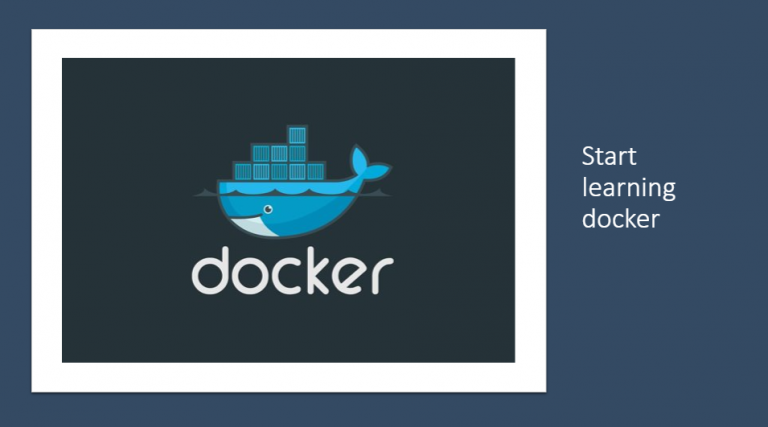
Docker has achieved enormous traction in this fast-growing world of Development. Organizations are increasingly implementing it in their manufacturing environment. I take this chance to explain this to Docker in the best way possible. The following principles will be discussed in this blog:
History Before containerization
Reasons to use containers
What is Docker?
Dockerfile, Images & Containers
Docker Compose & Docker Swarm
Hands-On
This Articles Contents
History Before Containerization
Until containerization came into the scene, the most important way to separate, coordinate programs and their dependencies was to put each and every program in its own virtual machine. This computers run several programs on the same physical hardware, and this process is only a virtualization process.
But virtualization had some disadvantages, such as virtual machines were bulky in size, running multiple virtual machines would lead to unreliable performance, booting phase would normally take a long time, and VMs would not address problems such as portability, software upgrades, or continuous integration and continuous distribution.
These limitations have led to the introduction of a modern strategy called containerization. Now let me tell you all about containerization.
Containerization
Containerization is a form of virtualization that takes virtualization to the level of the operating system. Although Virtualization brings hardware abstraction, Containerization adds an abstraction to the operating system. Please link to this guide blog to grasp containerization in depth.
Going on, it’s time for you to grasp the reasoning for using containers. Reasons for using containers
The below are the reasons for the use of containers:
- Containers do not have a guest OS and are running the host’s operating system. So, they share the related libraries and services when and when appropriate.
- Processing and execution of applications is very fast, as applications run separate binaries and container libraries on the host kernel.
- Booting a container takes just a fraction of a second, and containers are also lightweight and simpler than Virtual Machines.
What’s the Docker?
Docker is a framework that brings an application and all its dependencies together in the form of containers. This containerization feature means that the program runs in any environment.
Each program runs on distinct containers and has its own collection of dependencies & libraries, as you can see in the diagram. This means that each application is independent of other software, providing developers with confidence that they will create software that do not conflict with each other.
So a developer can create a container that has multiple installed applications on it and send it to the QA team. Then, to simulate the developer’s world, the QA team will just need to operate the container.

Dockerfile, Images & Containers
Dockerfile: A Dockerfile is a text document containing all the commands that can be called to assemble an image by a user on the command line. So, by reading the instructions from a Dockerfile, Docker can create images automatically. To execute multiple command-line instructions in sequence, you can use docker install to establish an automatic install.
Docker Image: An image is a combination of parameters and a file structure.
Docker Container: It is a Docker Image running instance since it contains the whole package required to run the program.
Docker Compose & Docker Swarm
Docker Compose : Docker Compose is a YAML file which contains details of the application setup resources, networks, and volumes. So, to build different containers, host them and get them to connect with each other, you can use Docker Compose. Each container can present a port for other containers to connect with.
Docker Swarm: The Docker Swarm is a process for building and managing a Docker Engine cluster. Docker engines can be hosted on various nodes, and when linked in Swarm mode, these nodes, which are at distant locations, form a cluster.